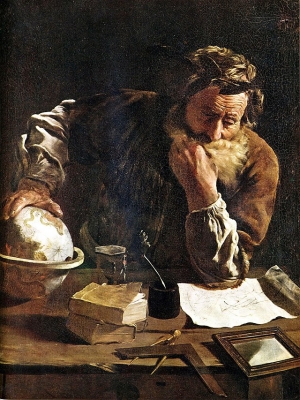
Johannes Kepler was a leading astronomer of the scientific revolution. The scientific revolution is the term used to describe the emergence of modern science that took place throughout the 16th and 17th centuries.
Before the scientific revolution, astronomy was closely tied to astrology, which is the belief that the movement of the stars and planets can be interpreted to predict the future.
As the scientific revolution progressed, astrology increasingly came to be replaced by astronomy as a modern, legitimate science. Johannes Kepler is best known for his discovery that the orbits in which the earth and the other planets of the solar system travel around the sun are elliptical, or oval, in shape.
He was also the first to explain correctly hoe human beings see, and demonstrated what happens to light when it enters a telescope.
In addition, he designed an instrument that serves as the basis of the modern refractive telescope.
Since he was such a prominent figure in the field of astronomy, a lot of spots on distant planets have been named after him such as ‘Kepler’s Crater on Mars’ and ‘The Kepler Crater,’ on the Moon.









